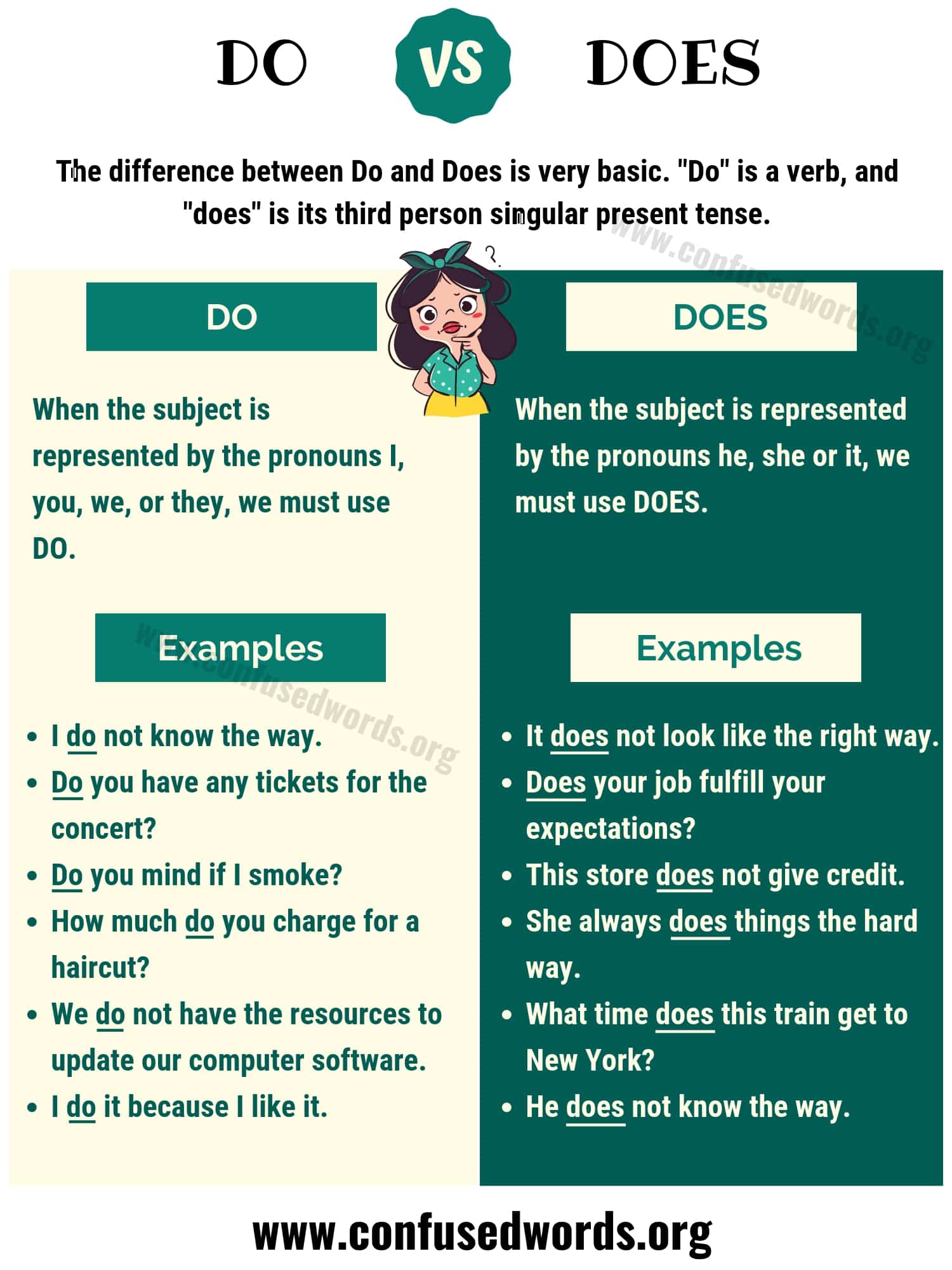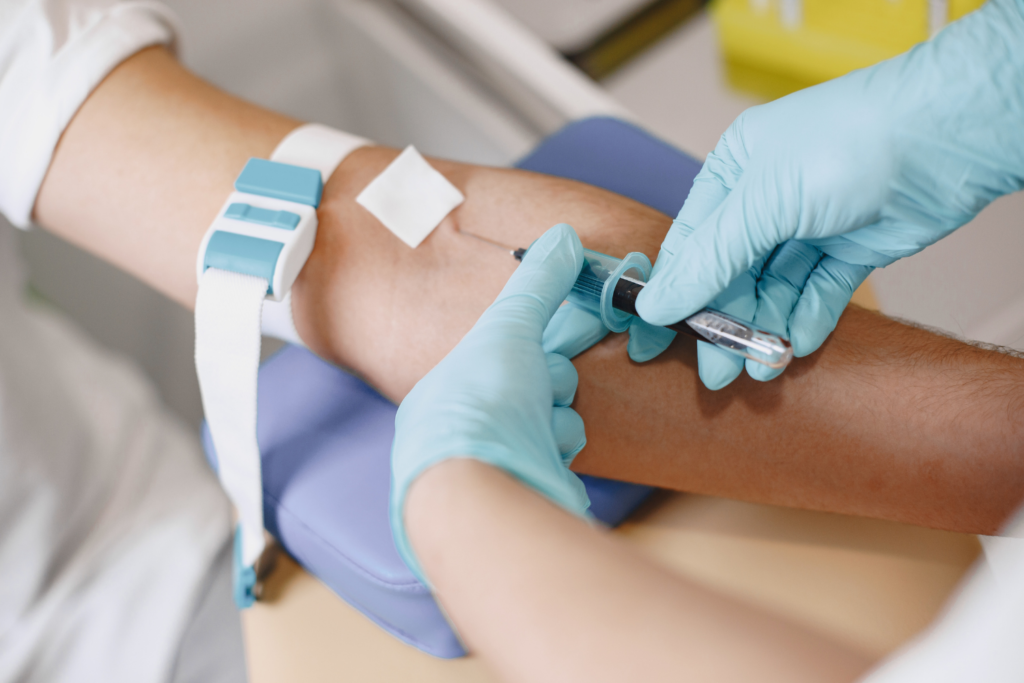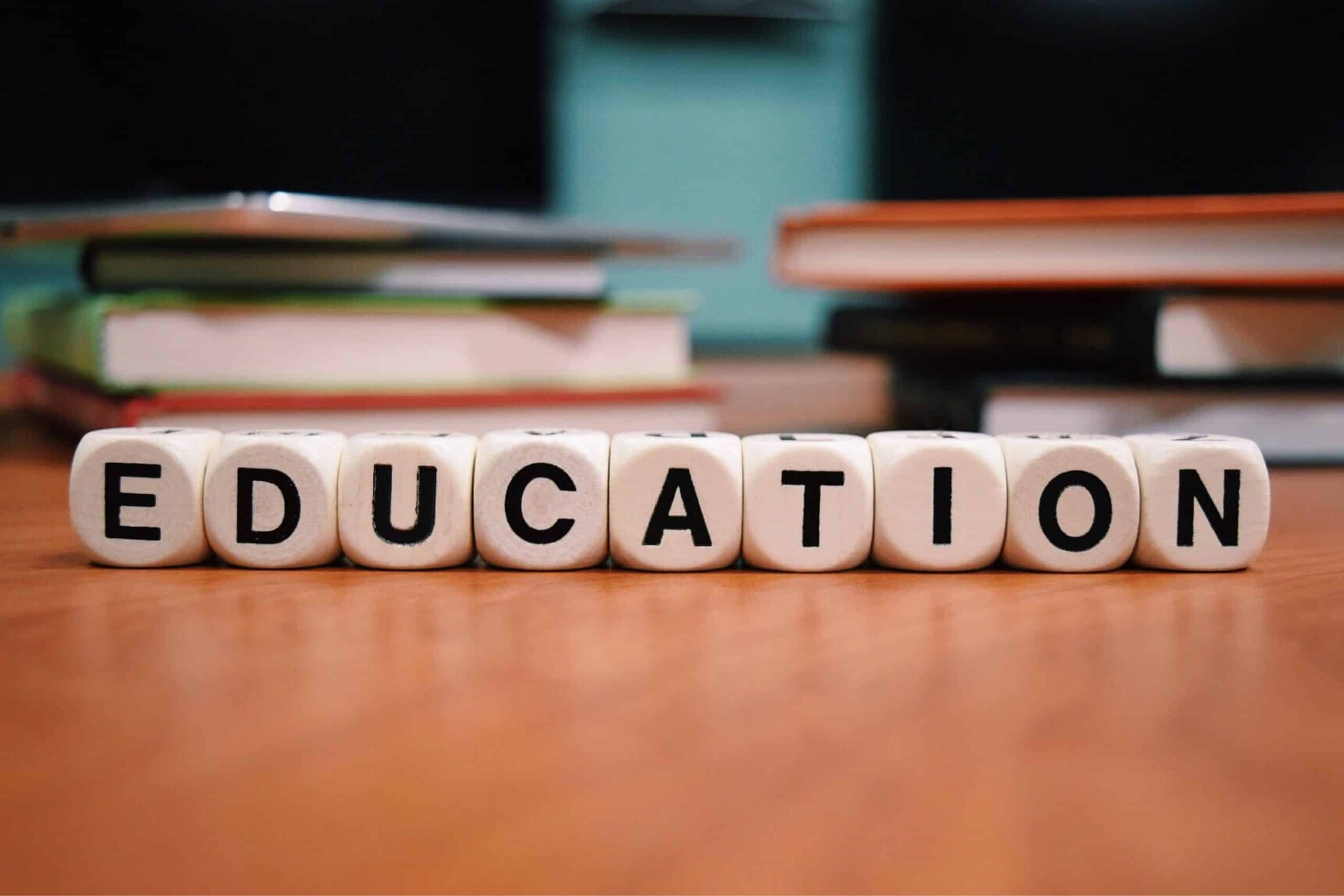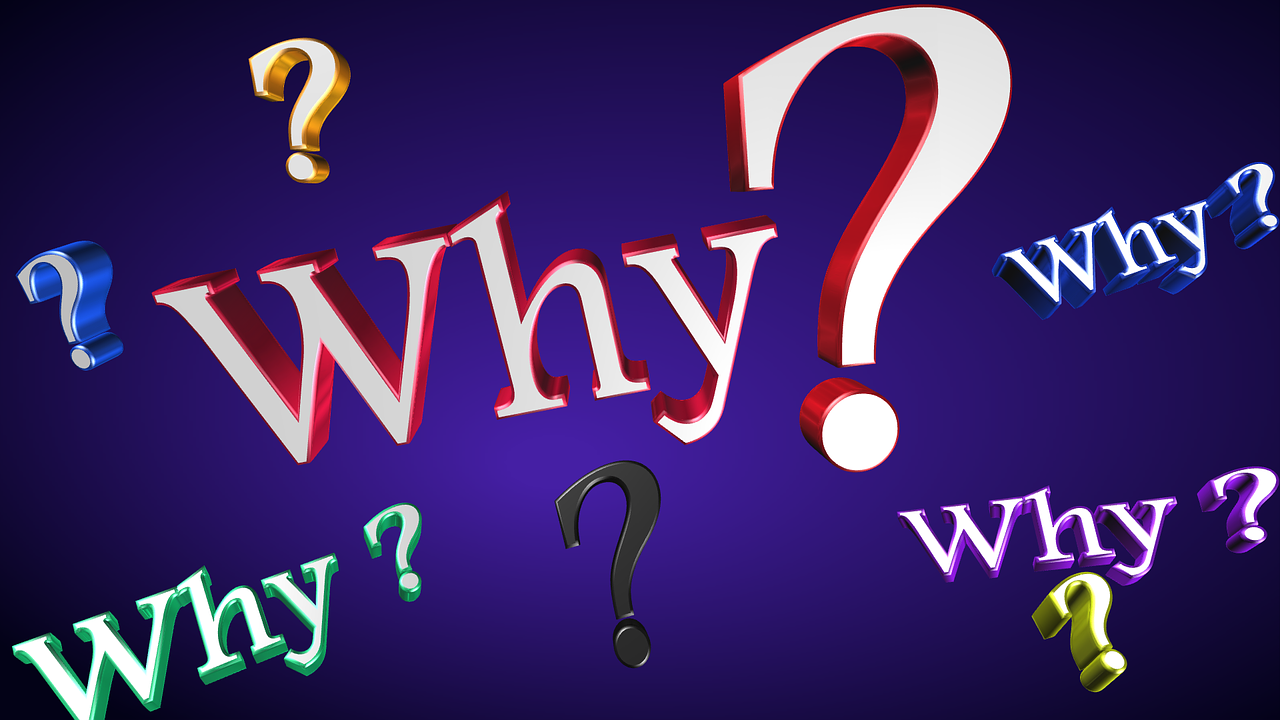Understanding Junior High School Education: Structure, Purpose, and Pathways
Introduction to Junior High School Education
Junior high school education represents a critical stage in the U.S. educational system, typically encompassing grades 7 through 9 and serving students aged approximately 12 to 15. This phase bridges the gap between elementary and high school, providing students with a more subject-centered and academically rigorous environment designed to prepare them for the challenges of higher education and adult life. While junior high and middle school are sometimes used interchangeably, key differences exist in their structure and educational focus. [1] [3]
The Structure and Purpose of Junior High School
Junior high schools typically include grades 7, 8, and sometimes 9, though some districts may only cover two grades, such as 8 and 9. The curriculum is more academically focused than elementary or middle school, emphasizing core subjects such as mathematics, science, English, and social studies. Students rotate through six to eight shorter, subject-specific class periods each day, often with different teachers for each subject. [1] [2] This structure promotes discipline, time management, and adaptability, skills essential for success in high school and beyond.
Unlike middle schools, which often focus on developmental and exploratory learning, junior high schools are designed to provide a more rigorous academic experience. The subject-centered approach means that students are expected to develop mastery in specific disciplines, laying the groundwork for more advanced study. [1]
Transitioning from Elementary to Junior High
Transitioning to junior high school can be a significant adjustment for students. After completing primary education, students must adapt to a new academic environment with increased expectations, multiple teachers, and greater personal responsibility. Junior high schools are tasked with helping students navigate this transition by offering guidance counseling, extracurricular activities, and orientation programs. [4]
Parents and guardians play a vital role in supporting their children during this period. To ease the transition, families can:
- Attend school orientation sessions and parent-teacher conferences.
- Encourage participation in extracurricular activities to build social skills.
- Monitor academic progress and communicate with teachers.
- Promote organizational skills and time management at home.
Academic Rigor and Curriculum
The junior high curriculum is designed to challenge students and prepare them for high school. Core subjects remain consistent, but elective courses may be available in areas such as foreign languages, technology, art, and physical education. Many junior high schools offer honors or advanced placement courses for students seeking greater challenge. [4]

Source: auchiefs.com
For students struggling academically, schools may provide remedial programs or individualized support. Parents seeking additional assistance for their child can:
- Contact the school’s academic counseling office for tutoring resources.
- Ask teachers about after-school help sessions or peer mentoring programs.
- Explore community-based programs offering educational support.
Extracurricular Activities and Personal Development
Junior high school is not solely focused on academics; it is also a time for personal growth. Schools typically offer a variety of extracurricular activities, such as sports teams, music and arts programs, student government, and clubs. Participation in these activities helps students develop teamwork, leadership skills, and self-confidence. [2]
Students and families interested in extracurricular options can:
- Review the school’s website or handbook for a list of available activities.
- Meet with activity coordinators to learn about sign-up procedures.
- Attend school fairs or club recruitment events to explore interests.
Accessing Junior High School Resources
Junior high schools are typically public institutions, though private, magnet, and charter options exist. Admission requirements may vary by district, but most public junior high schools automatically enroll students based on their residential address. For those interested in alternative schools, families should:
- Contact the local school district office to inquire about enrollment policies and application deadlines.
- Search for “junior high school enrollment” along with your city or state for official district resources.
- Visit school campuses during open house events to gather information.
If seeking specialized programs (such as STEM, arts, or language immersion), check with the district or school’s administrative office for eligibility criteria and application steps. For students with disabilities or special needs, federal law requires schools to provide appropriate accommodations; families should request an Individualized Education Program (IEP) meeting through the school’s special education department. [3]
Challenges and Solutions in Junior High School
The transition and academic rigor of junior high school can present challenges, including increased homework, pressure to perform, and social adjustment issues. Common challenges include:

Source: agaschool.edu.gh
- Difficulty adapting to multiple teachers and varied expectations.
- Managing time for homework and extracurricular activities.
- Navigating peer relationships and potential bullying.
To address these challenges, students and families can:
- Develop a daily schedule to balance schoolwork and activities.
- Utilize school counseling services for social and emotional support.
- Maintain open communication between home and school.
- Seek intervention early if academic or behavioral issues arise.
Alternative Approaches to Junior High Education
Some districts opt for a middle school model, covering grades 6-8, with a developmental focus and longer class periods. This approach emphasizes interdisciplinary learning and social-emotional development. [1] Families should consider the pros and cons of both models based on their child’s needs:
- Junior high schools offer academic rigor and subject mastery.
- Middle schools emphasize developmental growth and exploratory learning.
- Both models prepare students for high school, but the best fit depends on individual preferences.
How to Find and Apply to Junior High Schools
To find a junior high school in your area:
- Search your local school district’s website for junior high or middle school options.
- Review enrollment zones and requirements for admission.
- Attend district information sessions or contact the school registrar for guidance.
- If considering private or charter options, visit the official websites of these schools for application procedures and deadlines.
For families relocating or seeking specialized programs, it’s advisable to contact the district office well in advance of the school year. Some schools may have waitlists or require additional documentation for enrollment.
Key Takeaways
Junior high school education is a foundational stage, emphasizing academic development and preparing students for high school. It serves students typically aged 12-15 in grades 7-9, though models and grade structures vary by district. Families can access resources, support, and specialized programs by contacting local school districts, attending school events, and utilizing counseling services. The choice between junior high and middle school models should be guided by the student’s academic and developmental needs. [1] [3]
References
- [1] WGU (2024). Difference Between Middle School and Junior High School.
- [2] Greenlight (2024). Junior High vs. Middle School: What’s the Difference?
- [3] Britannica (2025). Junior High School | Middle School, Education & Transition.
- [4] Indeed (2025). What Are Levels in Education? (Definition and Requirements)
MORE FROM 9scholarships.de













